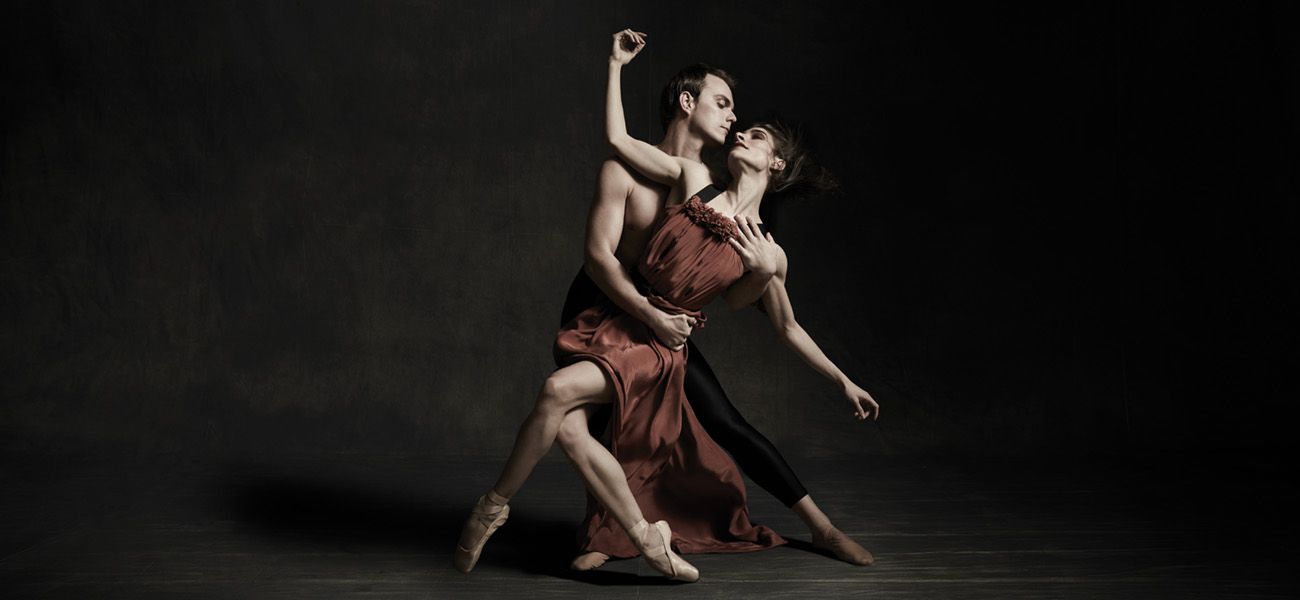Ghost Dances —
Choreographed by Christopher Bruce
Choreographer and Set Designer Christopher Bruce
Music by Inti-Illimani
Costume Designer Belinda Scarlett
Lighting Designer Nick Chelton
Lighting recreated by Cameron Goerg
Ghost Dances came about as a result of a letter received by Christopher Bruce from a widow of a Chilean folk singer who had been murdered. He was asked to do a work for the Chilean Human Rights Committee and was given a lot of South American music with which he fell in love. This stirred him to be sympathetic towards the cause of the Committee who were against unnecessary killings taking place throughout their country.
In the 1970s, the focus for Bruce and many others was South America and Pinochet’s bloody coup against the elected Allende government in Chile. South America, at the time Christopher Bruce choreographed Ghost Dances, was a tragic place with terrible things happening to the poorer, common people: fathers taken away from their families and shot or thrown away in cells and tortured to death. Friends were murdered and children taken away.Bruce recalls the powerful impact of meeting Joan Jara, the widow of the musician and composer Victor, who was tortured and murdered by Pinochet’s forces. This meeting led him to choreograph, Ghost Dances. He described how he took the theme of the Day of the Dead, simple symbolism and indigenous dance movements as a basis to convey the plight of the innocent people of South American down the ages and their courage in the face of adversity.
Ghost Dances has a tremendous impact and audiences in many countries have delighted in its distinctive, rhythmic movement performed to haunting South American tunes. However, it is the representation of the oppression of ordinary people, symbolised by the sinister ghost figures, which give the work much of its resonance.
